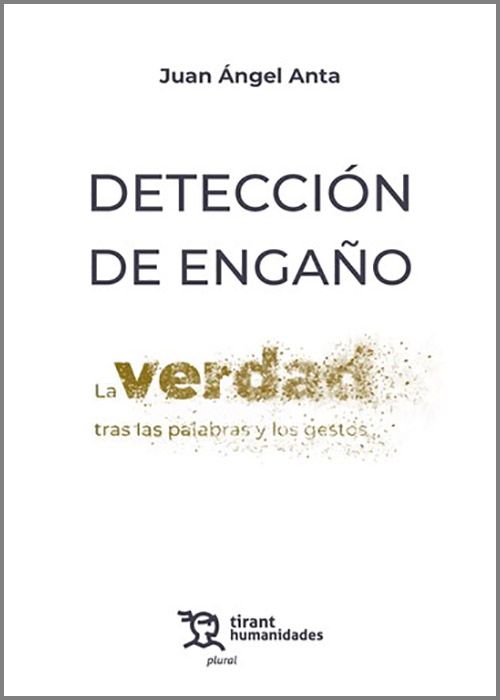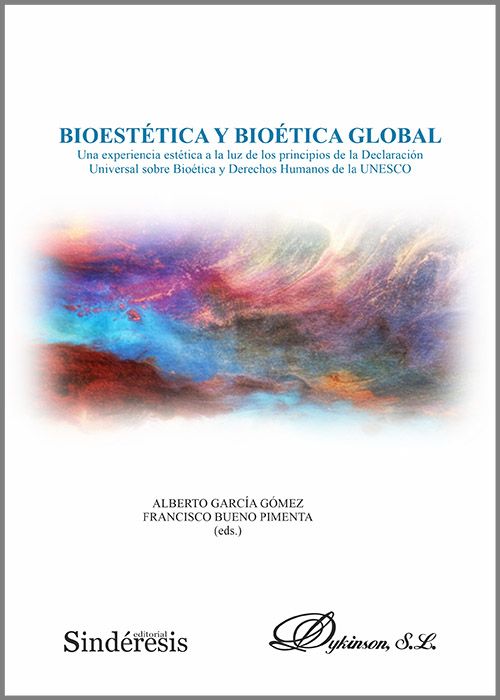STUDY OF LANGUAGE BEYOND THE SENTENCE. From text grammar to discourse analysis.
- Sinopsis
- Índice
There is a well-known passage in Hamlet in which Polonius asks Prince Hamlet: “What do you read, my lord?”, and the Danish Prince answers: “Words, words, words”. This passage has very often been used to illustrate the range of literary phenomena, the power of language, the reflections upon language, even the change of English grammar in terms of tense and aspect. May aim is more simple since I just want to highlight a basic element: the relation between words and action, which is a phenomenon relevant to linguistics as the scientific study of language. The example taken from Shakespeare focuses on the problem in terms of an important issue.
Nowadays, at the beginning of the 21st century, the scope of
the literature dealing with this issue is wide-ranging. The 50’s and 60’s
consumed scholarly energy in the study of morphology and syntactic relations:
the sentence became the Crown of grammar. The later 70’s and 80’s witnessed an
era devoted to the linguistic consideration of textual structures, texture and
textuality. A new focus had been achieved. Later, the 90’s concentrated upon
discourse, the non-linguistic part of communication, the integration of
textuality in communicative potentialities, and the consideration of language in
use. There was even a further nuance: the cognitive approach. Mind became the in
word in linguistics.
Consequently, turning back and looking back with zeal
requires a strenuous effort. Many papers and books have been published on the
relationship between language and action. The principles established by J.L.
Austen and J.R. Searle in the sixties have become part of the common heritage of
linguistics. The development of these ideas was followed by related concepts
studied by other linguists. The Cooperative Principle, by H.P. Grice, or the
Principle of Politeness and further applications, marked the concern for
language in action. Naturally, university undergraduates need a coherent and
comprehensive view from the bridge. This book offers potential solutions. It is
a useful summary of concepts, ideas, developments, achievements, and problems on
the research agenda of present-day linguistics. This book addresses the problem
of text and discourse in terms of a continuum, a kind of scholarly rite of
passage. The linguist tries to cross the threshold of syntax, the sentence
itself. To do this, the linguist must go beyond the sentence into text, and
later on he or she must go beyond the text into discourse. That is the realm of
the unknown: presupposition, implicatures, negative face, positive face, face
threatening acts, hedges, inferences and onwards. The terms may initially seem
daunting. This book, however, explains everything simply and offers a view full
of illustrations and avoiding unnecessary complexities. Furthermore, the final
section in each chapter is an excellent summary of the previous exposition. The
examples and exercises proposed are one of the most interesting features of this
book. The section aptly titled ‘topics for discussion’ is intended to be used
for the overt application of all the information previously expounded and
discussed. The strenuous effort of reading and comparing different views and
opinions will bear fruit. It is up to the reader who is seeking this type of
knowledge to check his or her own understanding of the text and issues involved.
The book proves to be a valuable introduction to the issues of text and
discourse but also serves as a source of practical application of the matters
discussed.
If the study of pragmatics is a must in present-day
linguistics, grammar is ‘presupposed’ and semantics is ‘implied’. This book
takes all this into account and explains the possibilities of study underlying
the diverse grammatical and textual structures. The study of pragmatics seems to
be central to modern language studies and this work carries out the task in a
comprehensive and reader-friendly approach. The problems of discourse and
communication can be easily grasped once one has completed the preliminary steps
outlined in this book. After all, reading involves conversation, and
conversation analysis is one of the milestones in the text and context issue.
1. TEXT GRAMMAR
AND DISCOURSE ANALYSIS
1.1. Introduction
1.2. Sentence grammar, text-linguistics, and the description
of discourse
1.3. Pragmatics and the study of discourse
1.3.1. Speech act theory
1.3.2. Gricean pragmatics
1.3.3. Discourse analysis
1.3.4. Conversation analysis
1.3.5. Interactional sociolinguistics:
politeness theory
1.4. Definitions of text and discourse
1.5. Norms of textual communication
1.6. Exercises
1.7. Further reading
1.8. Topics for discussion
2. TEXTUAL ORGANIZATION
2.1. System and text
2.2. The context of situation
2.3. Structure and texture
2.4. Text and communication
2.5. Text types
2.6. Registers, dialects and genres
2.7. Exercises
2.8. Further reading
2.9. Topics for discussion
3. COHESION AND COHERENCE
3.1. Cohesion and coherence
3.2. Conjunction
3.3. Reference
3.4. Substitution and ellipsis
3.5. Lexical cohesion
3.6. Examples
3.6.1. Dramatic dialogue
3.6.2. Speech
3.6.3. Expository essay
3.6.4. Advertisement
3.7. Exercises
3.8. Further reading
3.9. Topics for discussion
4. THEMATIC AND INFORMATION STRUCTURES
4.1. The clause as message: thematic structures
4.2. The concepts of given and new: intonation and syntax
4.3. Information status
4.4. Thematic connection and discourse strategies
4.5. Exercises
4.6. Further reading
4.7. Topics for discussion
5. FROM TEXT GRAMMAR TO DISCOURSE ANALYSIS
5.1. Semantics and pragmatics
5.2. Definitions of discourse
5.2.1. The formalist definition of
discourse
5.2.2. The functional definition of
discourse
5.2.3. Discourse as utterances
5.3. Discourse and communication
5.3.1. Context in pragmatics
5.3.2. Models of communication
5.4. Exercises
5.5. Further reading
5.6. Topics for discussion
6. SPEECH ACT THEORY
6.1. Origins and development: Austen and Searle
6.2. Acts and rules
6.3. Types of speech acts
6.4. Indirect speech acts
6.5. The organization of communicative interaction
6.6. Exercises
6.7. Further reading
6.8. Topics for discussion
7. CONVERSATIONAL IMPLICATURE
7.1. Gricean pragmatics
7.1.1. Speaker meaning and sentence
meaning
7.1.2. The Cooperative Principle
7.1.3. Meaning, implicature and
entailment
7.1.4. Pragmatics and the analysis of
discourse
7.2. Relevance
7.2.1. Inference, explicature and
implicature
7.2.2. The role of implicatures in
comprehension
7.3. Exercises
7.4. Further reading
7.5. Topics for discussion
8. DISCOURSE ANALYSIS
8.1. The study of conversation
8.2. Classroom interaction
8.3. The analysis of casual conversation
8.3.1. Revising Burton’s framework
8.3.2. Analysing fictional dialogue
and naturally-occurring conversation
8.4. Exercises
8.5. Further reading
8.6. Topics for discussion
9. CONVERSATION ANALYSIS
9.1. The sociological perspective of conversation
9.2. Turn-taking
9.3. Adjacency pairs
9.4. Preference organization
9.5. Pre-sequences
9.6. Methodology in conversation analysis
9.7. Exercises
9.8. Further reading
9.9. Topics for discussion
10. THEORIES OF POLITENESS
10.1. Politeness and maxims
10.2. Politeness as face management
10.3. Politeness as conversational contract
10.4. Politeness as functional adjustment
10.5. The frame-based approach to politeness (FBA)
10.6. An illustration
10.7. The study of language in context
10.7. Exercises
10.8. Further reading
10.9. Topics for discussion
Relacionados

ESTUDIOS JURÍDICOS EN HOMENAJE AL PROFESOR ÁNGEL ROJO. (3 vols.)
PRÓXIMA APARICIÓN. FECHA PREVISTA 30/11/2024.
Ver fichaESTUDIOS JURÍDICOS EN HOMENAJE AL PROFESOR...
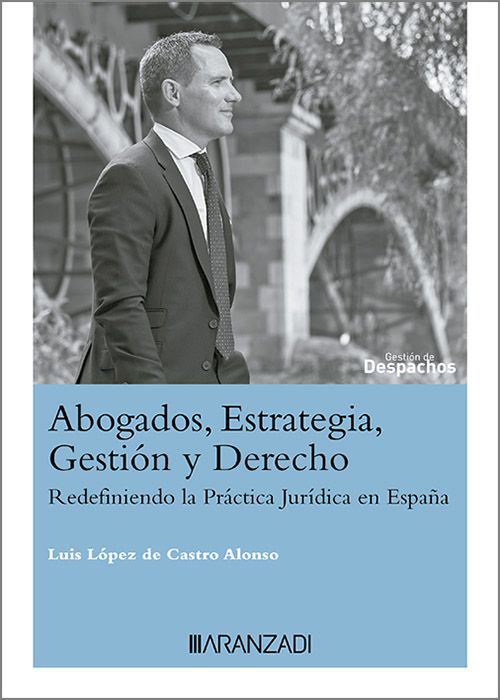
ABOGADOS, ESTRATEGIA, GESTIÓN Y DERECHO. Redefiniendo la práctica jurídica en España.
PRÓXIMA APARICIÓN. FECHA PREVISTA 30/11/2024.
Ver fichaABOGADOS, ESTRATEGIA, GESTIÓN Y DERECHO. R...

CAMINO HACIA EL GOBIERNO ABIERTO, EL.
PRÓXIMA APARICIÓN. FECHA PREVISTA 30/11/2024.
Ver fichaCAMINO HACIA EL GOBIERNO ABIERTO, EL.
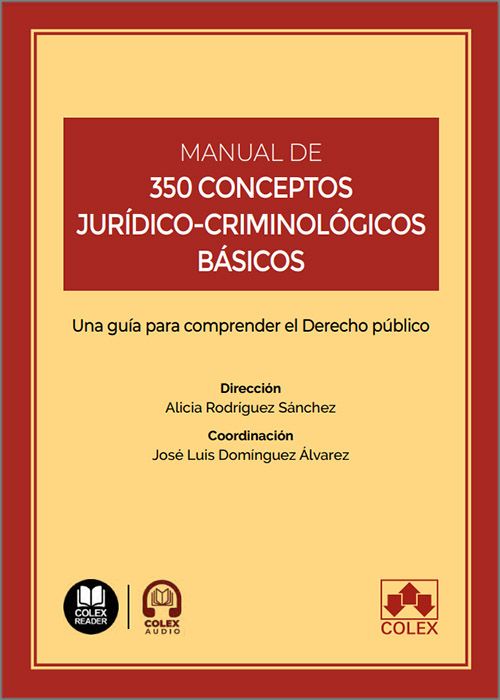
MANUAL DE 350 CONCEPTOS JURÍDICO-CRIMINOLÓGICOS BÁSICOS. Una guía para comprender el Derecho público. (IBD)
Impresión Bajo Demanda.
Ver fichaMANUAL DE 350 CONCEPTOS JURÍDICO-CRIMINOLÓ...
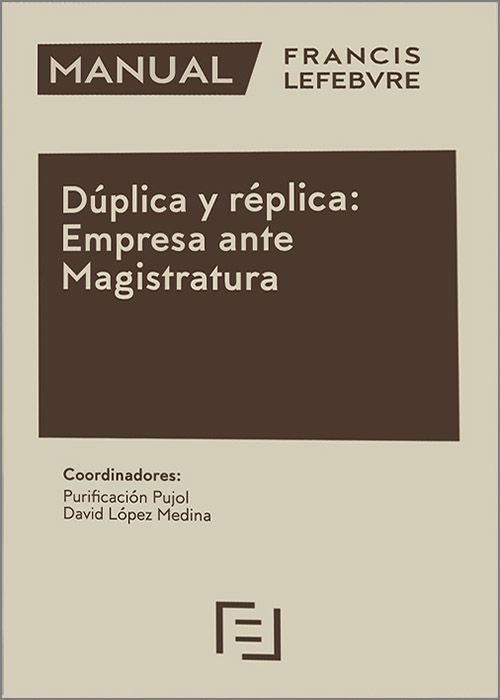
DÚPLICA Y RÉPLICA: EMPRESA ANTE MAGISTRATURA. (Colección: «Manual Francis Lefebvre»)
Ver fichaDÚPLICA Y RÉPLICA: EMPRESA ANTE MAGISTRATU...
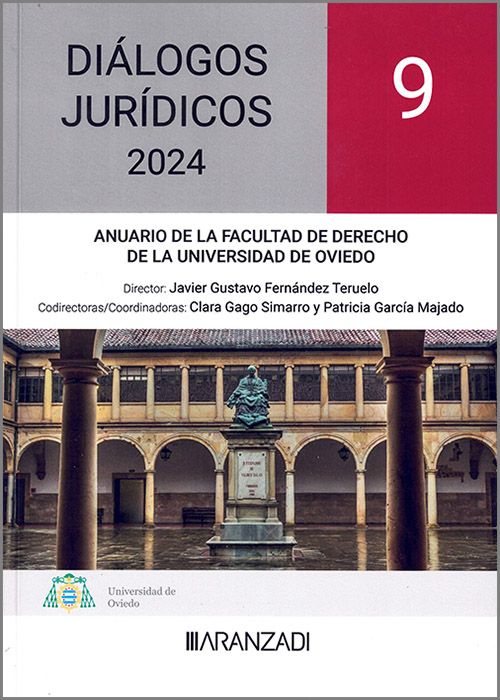
DIÁLOGOS JURÍDICOS 2024. Anuario de la Facultad de Derecho de la Universidad de Oviedo.
Ver fichaDIÁLOGOS JURÍDICOS 2024. Anuario de la Fac...
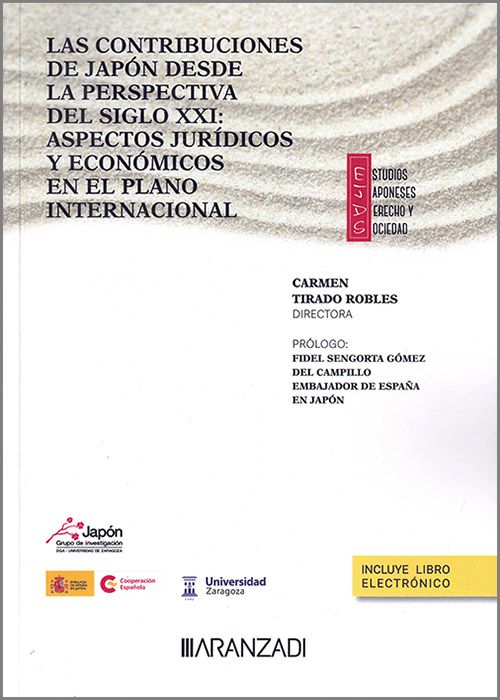
CONTRIBUCIONES DE JAPÓN DESDE LA PERSPECTIVA DEL SIGLO XXI, LAS: ASPECTOS JURÍDICOS Y ECONÓMICOS EN EL PLANO INTERNACIONAL.
Ver fichaCONTRIBUCIONES DE JAPÓN DESDE LA PERSPECTI...
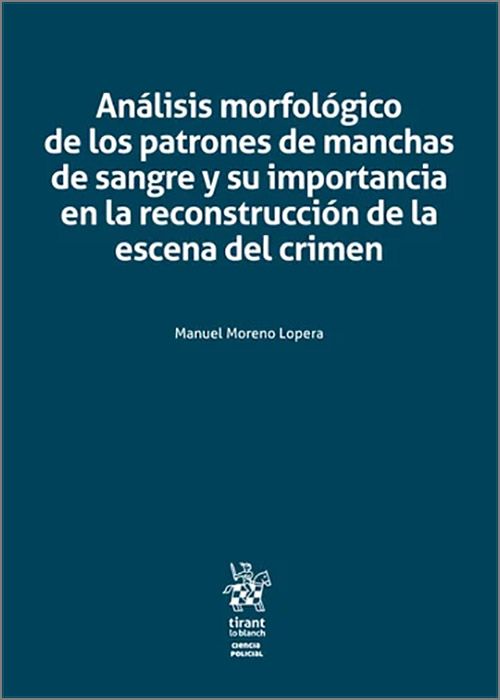
ANÁLISIS MORFOLÓGICO DE LOS PATRONES DE MANCHAS DE SANGRE Y SU IMPORTANCIA EN LA RECONSTRUCCIÓN DE LA ESCENA DEL CRIMEN.
Ver fichaANÁLISIS MORFOLÓGICO DE LOS PATRONES DE MA...
